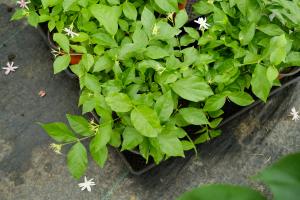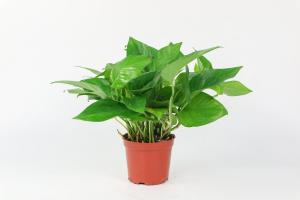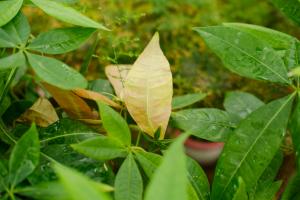How to Plant a Mangrove Tree
Mangrove trees play an essential role in protecting coastlines from erosion and are a vital habitat for countless marine species. Unfortunately, the global loss of mangroves due to human activities is higher than the rate of deforestation in tropical rainforests. Planting a mangrove tree is a simple yet impactful action that individuals and communities can take to help restore and protect these valuable ecosystems.
Choosing a Site
Before planting a mangrove tree, it is crucial to select an appropriate site. Mangroves grow in brackish waters, which are waters that have a varying salinity level due to a combination of freshwater and seawater. Choose an area near the water’s edge that is consistently exposed to tidal waters, such as a tidal flat. Additionally, ensure that the site is not in proximity to any human-made structures such as sea walls or dams.
Preparing the Seedling
Mangrove trees are usually propagated from seedlings. It is essential to ensure that the seedling is healthy and has a robust root system. Gently remove the seedling from its pot, and loosen any tightly packed roots. If needed, trim any damaged roots, but be careful not to cut any healthy ones. Before planting, soak the seedling in water for at least two hours to ensure that the roots are adequately hydrated.
Planting the Mangrove Tree
The actual planting process is simple. Dig a hole slightly larger than the seedling's root ball and be sure to spread the roots out. Once the root ball is situated in the hole, cover it with soil until it is level with the surrounding area. It is essential that the site remains wet, so be sure to water the seedling regularly.
Maintaining the Mangrove Tree
Maintaining the tree after planting is crucial. Do not use any fertilizers, pesticides or herbicides, as this can harm the tree and surrounding ecosystem. Although it is essential to keep the plant hydrated, do not overwater it, as excess water can lead to root rot. Additionally, be sure to monitor the tree's growth regularly to ensure that it is not being overcrowded by other plant species.
Conclusion
In conclusion, mangrove trees are an essential component in coastal ecosystems, and planting and maintaining a mangrove tree can make a significant positive impact on the environment. By following these simple steps, individuals and communities can take an active role in protecting and restoring these crucial habitats for future generations.

 how many times do yo...
how many times do yo... how many planted tre...
how many planted tre... how many pine trees ...
how many pine trees ... how many pecan trees...
how many pecan trees... how many plants comp...
how many plants comp... how many plants can ...
how many plants can ... how many plants and ...
how many plants and ... how many pepper plan...
how many pepper plan...






























